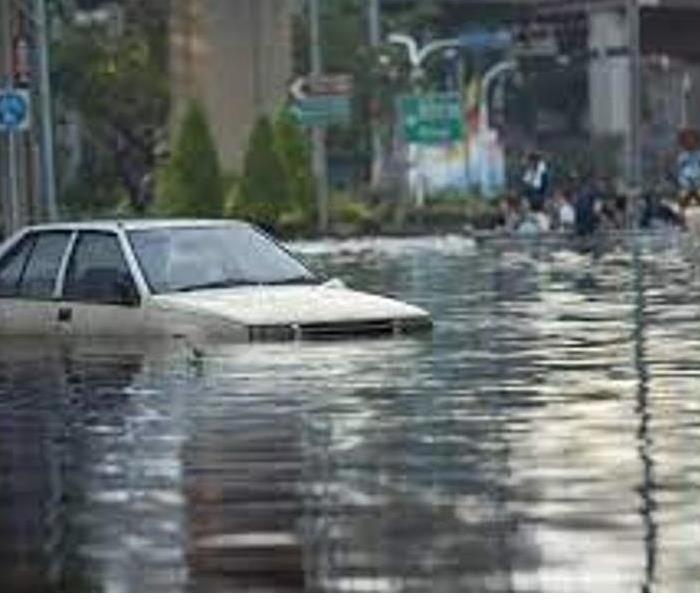What to Do Following a Flash Flood
7/27/2021 (Permalink)
Floods are often unpracticable and unlike a hurricane, leave little to no time to prepare. This list outlines how to safely get your property clean, safe, and dry directly following a flood.
1. Personal Health and Safety - Avoid exposure to harmful toxins that could be in the floodwaters with both respiratory AND contact precautions with the following Personal Protective Equipment:Contact Precautions- Latex gloves, Rubber Boots, Coveralls, and Eye Protection to avoid any flood waters from getting into your eyes.
Respiratory precautions - N95 is ok in most circumstances but you may want to consider heavier duty respirator during flood clean up.
2. Gross removal - Remove everything that is unsalvageable in the home or property.
Unsalvageable Items - Remove porous contents and building materials like drywall, particleboard, most types of flooring BEFORE you start cleaning.
-Any sort of furniture - Sofas, Mattresses - that's been impacted by floodwaters should be tossed out as it's not worth the effort in cleaning.
Salvageable Items - Non-porous building materials like concrete or steel can be cleaned in place so no need to remove them.
3. Pressure clean - Use a pressure washing gun to clean the areas where the floodwaters touched. For walls and ceilings that were not touched by floodwaters, you'll want to still thoroughly clean by wiping down with disinfectant.
4. Disinfecting- Apply a broad application of antimicrobial disinfectant once everything is clean in order to remove all microbes and toxins that were in the floodwaters.
5. Dry Everything - Before a professional water damage restoration company can access your home to begin the restorative drying process, you'll want to do your best to dry everything to the best of your ability. SERVPRO of Kendall County has the specialized equipment to dry materials efficiently and properly.
6. Mold - Because mold can start to grow in 72 hours following a flood, Continue to clean, clean, clean! Mold is readily aerosolized so it's important to clean everything from top to bottom, left to right to avoid mold growth.
7. Testing - An environmental mold assessment following the cleaning and drying process will ensure that you've eliminated any concerns regarding harmful microbials left in your home. Especially if there are children or immune-compromised living in your home, we recommend professionally testing your home.
Please reach out to the team at SERVPRO of Kendall County to answer any questions you may have and to provide emergency response when and if needed.





 24/7 Emergency Service
24/7 Emergency Service
